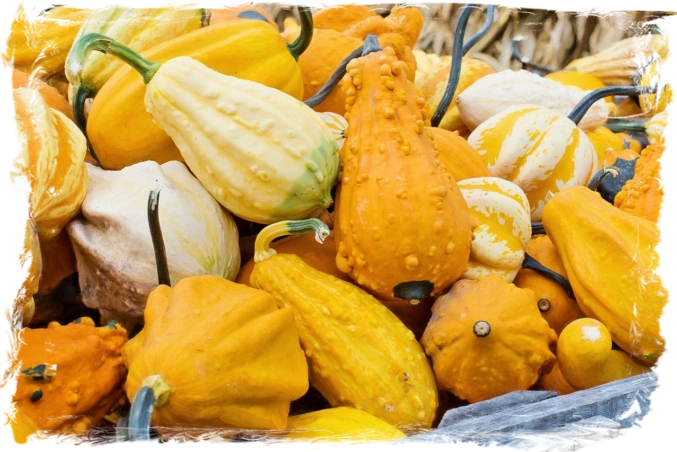The Squash
Squash, scientifically known as Cucurbita, traces its origins back thousands of years to Mesoamerican civilizations, where it held significant cultural and culinary importance. The term "squash" encompasses various species within the Cucurbita genus, including zucchini, pumpkin, and butternut squash, each with its distinct flavor profiles and culinary uses. Historically, indigenous peoples cultivated squash for its versatility as both a food source and for medicinal purposes, showcasing its resilience and adaptability across diverse climates and landscapes. Over time, squash cultivation spread globally, becoming a staple in many cuisines worldwide.
Cultivating squash requires careful attention to environmental conditions, soil quality, and planting techniques. Ideal growing conditions include well-drained soil rich in organic matter, ample sunlight exposure, and consistent moisture levels. Planting squash seeds directly into the ground after the last frost date in spring ensures optimal germination and growth. Adequate spacing between plants, typically around 2 to 3 feet apart, allows for proper airflow and reduces the risk of disease. Mulching around the base of squash plants helps retain soil moisture and suppresses weed growth, promoting healthier plants and higher yields.

Scientific Name - Cucurbita
For optimal squash cultivation, consider the following planting and gardening practices:
- Choose a sunny location with well-drained soil.
- Prepare the soil by incorporating compost or aged manure to improve fertility.
- Plant seeds or seedlings after the danger of frost has passed, spacing them adequately to allow for proper growth.
- Provide consistent moisture, watering deeply but infrequently to encourage robust root development.
- Apply a layer of organic mulch around plants to conserve moisture, suppress weeds, and regulate soil temperature.
- Monitor plants regularly for signs of pests and diseases, employing organic pest control methods as needed.
- Support vining varieties with trellises or cages to promote vertical growth and save garden space.
- Harvest when fruits reach their mature size and color, using a sharp knife or pruning shears to cut them from the vine.
- Rotate crops annually to prevent soil depletion and minimize pest and disease pressure.
By adhering to these best practices, gardeners can enjoy a bountiful harvest of flavorful and nutritious squash throughout the growing season.